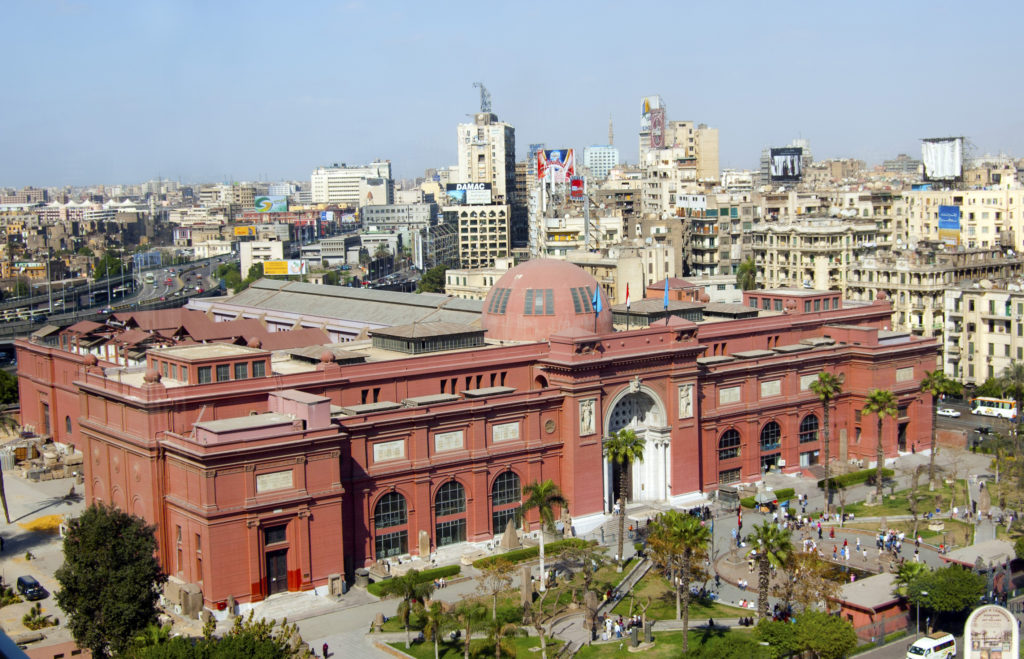For much of Egypt’s modern history, this pink by day, orange by night building complex solemnly stood as a witness to it all, bearing our priceless national treasures. To this day, the Egyptian Museum in Tahrir remains as a staple of Egypt’s heritage and a reminder of the greatness of those who came before us.
On the 16th of June, the Egyptian Ministry of Antiquities announced the launch of a massive refurbishment plan for the country’s oldest museum, according to Reuters.

The three-year development project aims to establish the 200-year-old building as a UNESCO World Heritage Site, employing the help of five major European museums including the Egyptian Museum in Turin, Italy; the Louvre Museum in Paris; the British Museum in London; the Egyptian Museum in Berlin; and the National Museum of Antiquities in Leiden, Holland.
The plan includes the refurbishing of the museum entrance as well as developing the show halls on the ground floor. Furthermore, everything from wall paint to lighting is to be renewed. As for the artifacts, a number of them will undergo major restoration along with their explanatory cards, many of which were in dire need of an update. The curators also plan to put the treasures of the royal tombs discovered in Tanis in Sharqia on display.
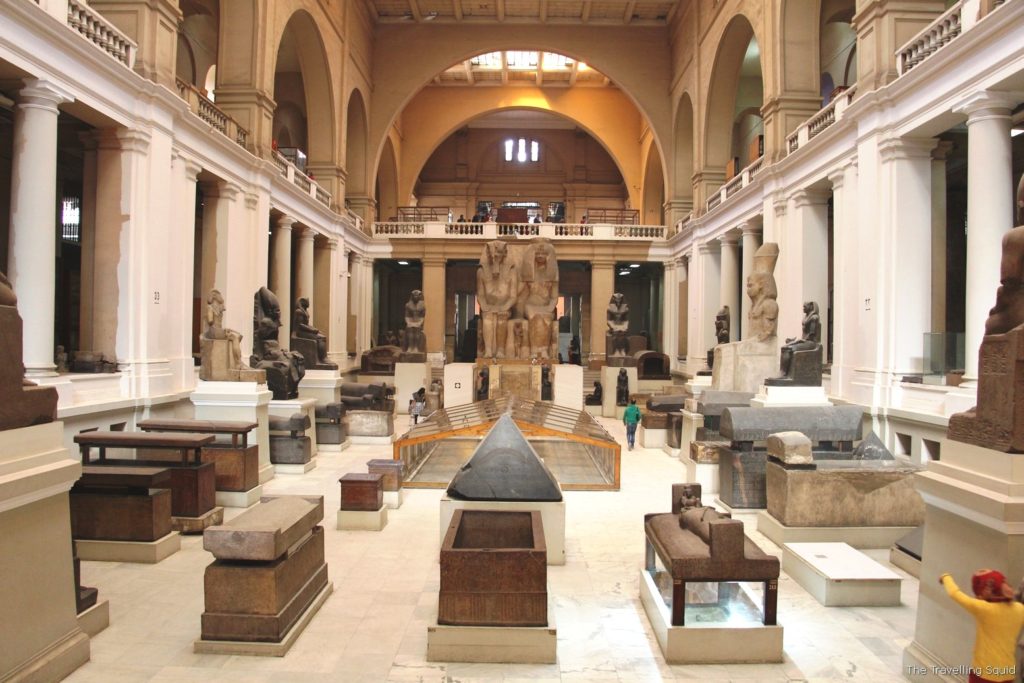
Although the much-anticipated opening of the Grand Egyptian Museum on the outskirts of Cairo has forced the centrally located museum out of the limelight, the latter remains an icon of Downtown Cairo’s architectural landscape. Still, the history of how it came to
In 1858, after a wave of excavations across many of Egypt’s governorates, French Egyptologist Auguste Mariette succeeded in convincing the Wali of Egypt and Sudan to establish a museum at Bulaq, near Cairo to house what would become the world’s most prominent collection of ancient Egyptian antiquities.
In later years, the museum moved its location a number of times, until 1897, when officials decided on the current location. In 1902, it was open to the public. To the present day, the Egyptian Museum still holds the record for having the largest collection of ancient Egyptian artifacts.
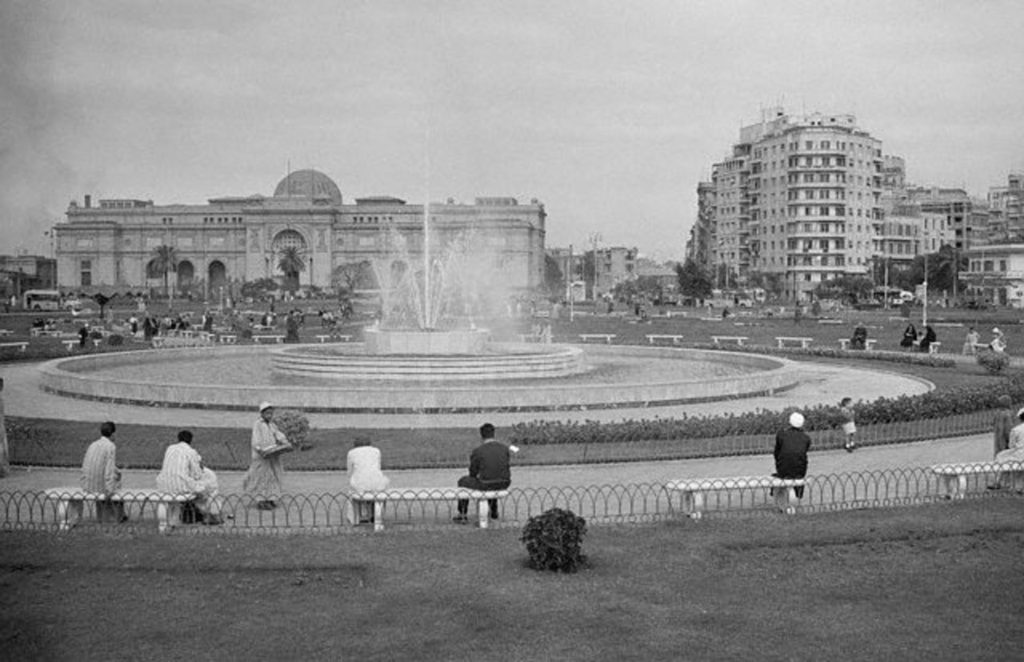
The museum isn’t only home to antiquities from ancient Egypt. It also boasts exhibits covering the Greco-Roman, Coptic, and Islamic periods. Within its walls, the museum has over 100,000 items, with some 1,700 artifacts from the tomb of Tutankhamun, including the boy king’s world-famous gold death mask, considered to the museum’s centerpiece.
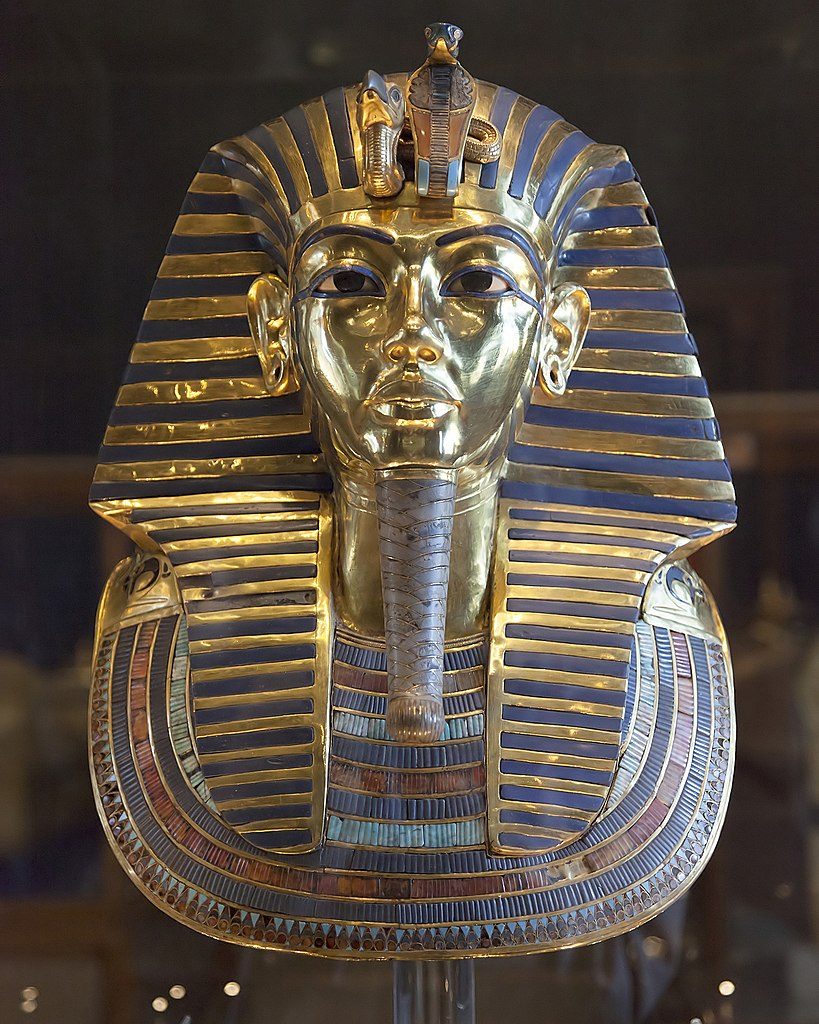
The museum is also home to a small, but unique collection of the beautiful Fayoum portraits from the Greco-Roman era, as well as a colossal collection of different coins from the various caliphates that came and went during the Islamic period.
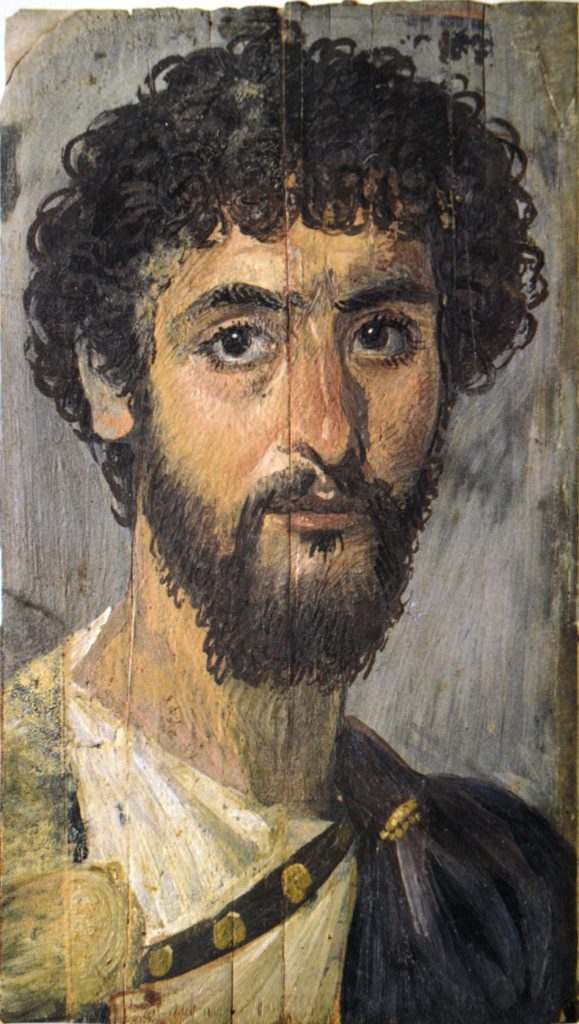
A pivotal page in Egypt’s history, the Egyptian Museum in Tahrir is a place that every Egyptian should visit at least once.


